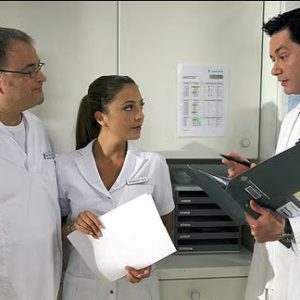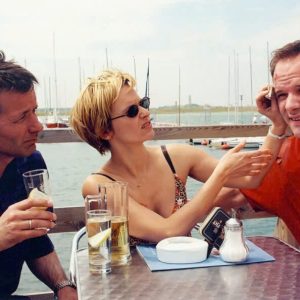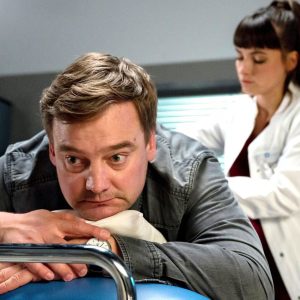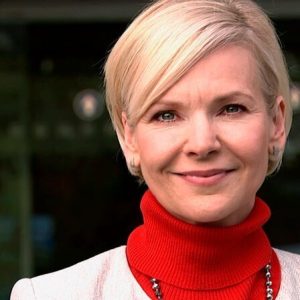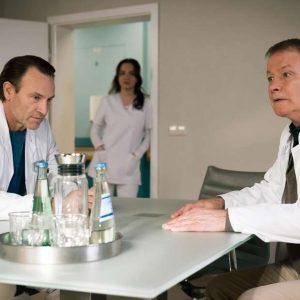In aller Freundschaft – Die Wiederherstellung von Dr. Roland Heilmann
Spoiler Warning! This summary reveals major plot points and the overall arc of the movie “In aller Freundschaft – Die Wiederherstellung von Dr. Roland Heilmann.” Do not read further if you wish to avoid spoilers.
The film centers on the arduous journey of Dr. Roland Heilmann towards physical and emotional recovery following a devastating accident that left him with severe injuries. The accident, depicted early in the film, isn’t simply a physical setback; it’s a catalyst that forces Heilmann to confront deep-seated personal issues and unresolved conflicts from his past. The initial prognosis is grim, highlighting the extent of his physical trauma and the long, uncertain road to recovery. Viewers witness his struggle with pain management, the frustration of limited mobility, and the emotional toll of grappling with his new reality.
A significant portion of the film focuses on the unwavering support system surrounding Heilmann. His colleagues at the Sachsenklinik, portrayed with exceptional depth, are not just professional associates but vital pillars of his emotional healing. We see familiar faces rally around him, offering not just medical expertise but also unwavering friendship and empathy. Their dedication forms the backbone of his recovery process, showcasing the powerful bonds forged within the hospital setting. Specific storylines involving individual colleagues will intertwine with Heilmann’s journey, showing how his ordeal impacts their lives as well. Expect to see both professional and personal challenges arise for these characters as they navigate the emotional complexities of caring for a beloved friend and colleague.
Beyond the professional sphere, the film delves into Heilmann’s personal life. His relationships, both romantic and familial, are tested by the circumstances. Existing tensions are amplified, forcing him and those close to him to confront unresolved issues. The film will not shy away from the emotional rawness of such situations, demonstrating how his injury forces everyone to re-evaluate priorities and relationships. Expect revelations about Heilmann’s past, perhaps shedding light on previously unseen aspects of his character and revealing hidden traumas that contribute to his current struggles.
The narrative isn’t solely focused on the physical rehabilitation; it’s equally, if not more, invested in Heilmann’s psychological journey. He undertakes intensive therapy, grappling with PTSD and the emotional scars of the accident. This process is depicted realistically, showing the setbacks and breakthroughs inherent in such a difficult recovery. The audience witnesses his fluctuating emotional state, from moments of despair and self-doubt to flashes of resilience and determination. The film utilizes these emotional swings to create a nuanced portrait of his healing process, avoiding simplistic portrayals of recovery.
Ultimately, “In aller Freundschaft – Die Wiederherstellung von Dr. Roland Heilmann” is not just a story of medical recovery; it’s a powerful exploration of resilience, the importance of human connection, and the transformative power of facing one’s past. While the film will undoubtedly showcase Heilmann’s eventual physical recovery, the emphasis lies on the multifaceted nature of healing, emphasizing the equally important emotional and psychological aspects of his journey. The conclusion leaves a lasting impression, highlighting the enduring strength of the human spirit and the profound impact of relationships in the face of adversity.

